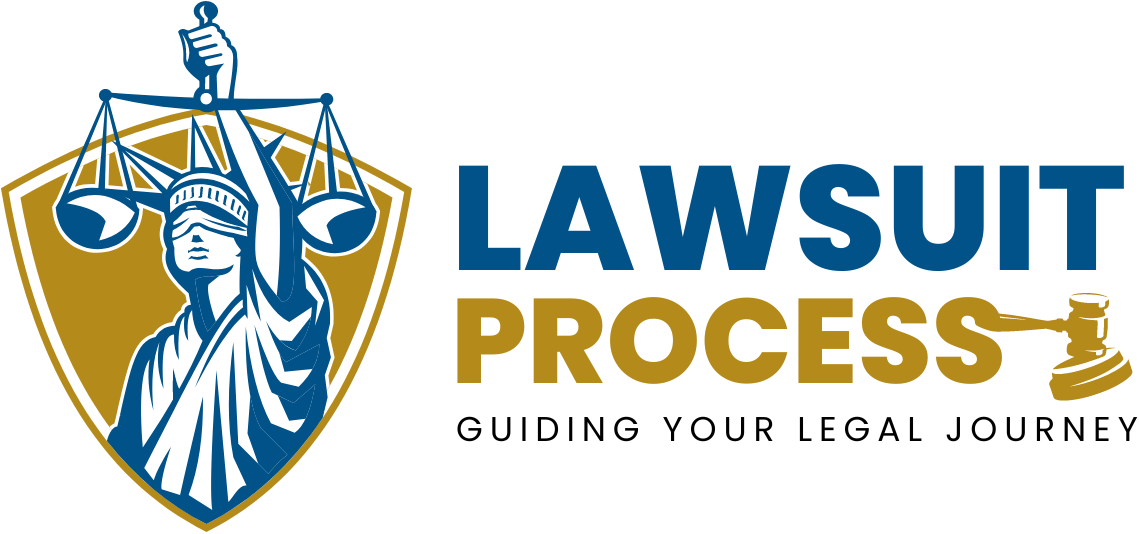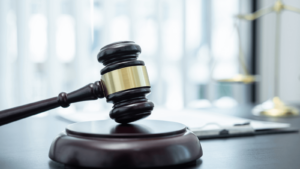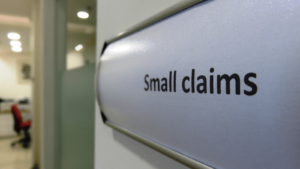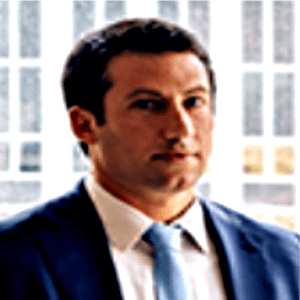Product liability refers to the legal responsibility of a manufacturer, distributor, supplier, retailer, or any party involved in making products available to the public, for the injuries or damages caused by those products. In the United States, product liability law allows individuals to seek compensation if they are harmed by a defective product. Understanding the product liability lawsuit process is essential for consumers and businesses alike.
Types of Product Defects
A product liability lawsuit can be based on three main types of defects:
1. Design Defects
These occur when the product’s design is inherently unsafe. Even if the product was manufactured according to the design, it may pose a danger to consumers because the design itself is flawed.
2. Manufacturing Defects
These occur during the production or assembly of a product. A product might deviate from its intended design due to poor materials, incorrect assembly, or shoddy workmanship.
3. Marketing Defects (Failure to Warn)
These arise when a manufacturer or retailer fails to provide adequate warnings or instructions about the product’s risks, thus putting consumers at risk.
Legal Theories of Liability
A product liability lawsuit may proceed under one or more of the following legal theories:
Strict Liability
Under strict liability, a manufacturer can be held liable for a defective product even if there was no negligence in the design or manufacturing process. The plaintiff only needs to prove that the product was defective and caused harm.
Negligence
In a negligence claim, the plaintiff must show that the defendant failed to exercise reasonable care in designing, manufacturing, or marketing the product, and that this failure led to their injury.
Breach of Warranty
Warranty claims can be based on express warranties (specific promises made about a product) or implied warranties (assurances that a product is fit for its intended use). A breach of warranty claim alleges that the product did not meet these expectations, leading to harm.
Steps in the Product Liability Lawsuit Process
The product liability lawsuit process can be complex, requiring meticulous preparation, legal expertise, and a thorough understanding of the law. The following steps outline the general process:
1. Initial Consultation with an Attorney
The first step for a person considering a product liability lawsuit is to consult with an attorney who specializes in product liability law. During this consultation, the attorney will review the facts of the case, gather initial evidence, and determine whether there is a valid claim.
2. Investigation and Evidence Collection
If the attorney believes there is a viable case, they will begin investigating the product and the circumstances surrounding the injury. Evidence gathered may include the defective product itself, medical records, accident or injury reports, expert analysis of the product, and documentation of product recalls or safety warnings.
3. Filing a Complaint
Once sufficient evidence is collected, the attorney will draft a formal complaint, which is filed in court. The complaint details the plaintiff’s allegations, identifies the parties involved, and specifies the type of relief or compensation being sought. This document is then served on the defendant(s), notifying them of the lawsuit.
4. Discovery Phase
During the discovery phase, both parties exchange relevant information and evidence. Discovery may involve:
- Depositions: Sworn, out-of-court testimonies from witnesses, experts, or the parties involved.
- Interrogatories: Written questions that the other party must answer under oath.
- Requests for documents: Official requests for documentation, such as safety reports, internal memos, or communications related to the product.
5. Pre-Trial Motions
Before the case goes to trial, either side may file motions. A common motion is a motion to dismiss, where the defendant asks the court to throw out the case for lack of evidence or legal grounds. Another is a motion for summary judgment, where one party asks the court to decide the case in their favor based on the facts presented during discovery.
6. Settlement Negotiations
Many product liability cases are settled before trial. Settlement negotiations may occur at any point during the lawsuit process. In these negotiations, the plaintiff and defendant (often through their insurance companies) try to agree on a fair compensation amount without the need for a trial.
7. Trial
If a settlement cannot be reached, the case proceeds to trial. A product liability trial may involve a jury or be decided by a judge (bench trial). During the trial:
- The plaintiff presents evidence to prove the product was defective and caused their injury.
- The defendant presents counterarguments, often suggesting the product was not defective or the plaintiff misused it.
- Expert witnesses may testify on issues such as product design, manufacturing processes, or the nature of the injuries.
8. Appeals
If either side is dissatisfied with the trial outcome, they may file an appeal, challenging the court’s decision. The appeals process can add considerable time to the resolution of the case but may be necessary if legal errors occurred during the trial.
Compensation in Product Liability Cases
If the plaintiff wins the case, they may be entitled to various forms of compensation, including:
- Economic Damages: These cover tangible losses such as medical expenses, lost wages, and property damage.
- Non-Economic Damages: These cover intangible losses, such as pain and suffering, emotional distress, or loss of enjoyment of life.
- Punitive Damages: In some cases, the court may award punitive damages if the defendant’s conduct was particularly egregious, reckless, or willful. These are meant to punish the defendant and deter future wrongdoing.
Statute of Limitations
Product liability lawsuits are subject to statutes of limitations, which dictate how long a plaintiff has to file a lawsuit after the injury occurs. These time limits vary by state but generally range from 2 to 4 years. It is crucial to consult an attorney as soon as possible to ensure the claim is filed within the appropriate timeframe.
Challenges in Product Liability Lawsuits
Product liability cases can be challenging for several reasons:
- Complexity of proving defects: It can be difficult to prove that a product was defective and that the defect directly caused the injury. Expert testimony is often required.
- Defendant resources: Large corporations often have substantial legal resources to fight product liability claims, making it an uphill battle for plaintiffs.
- Multiple parties: Product liability cases may involve multiple defendants, including manufacturers, distributors, retailers, and suppliers, further complicating the lawsuit.
Conclusion
The product liability lawsuit process in the United States is a detailed and often complex legal journey, but it provides consumers with an important avenue for seeking justice and compensation when they are harmed by defective products. From initial consultation through trial or settlement, each step requires careful attention to detail, a thorough understanding of the law, and strategic legal action. Working with an experienced attorney is crucial to navigating this process successfully. Understanding your rights and the product liability process is essential for holding manufacturers accountable and ensuring that the products in the market are safe for consumers.










